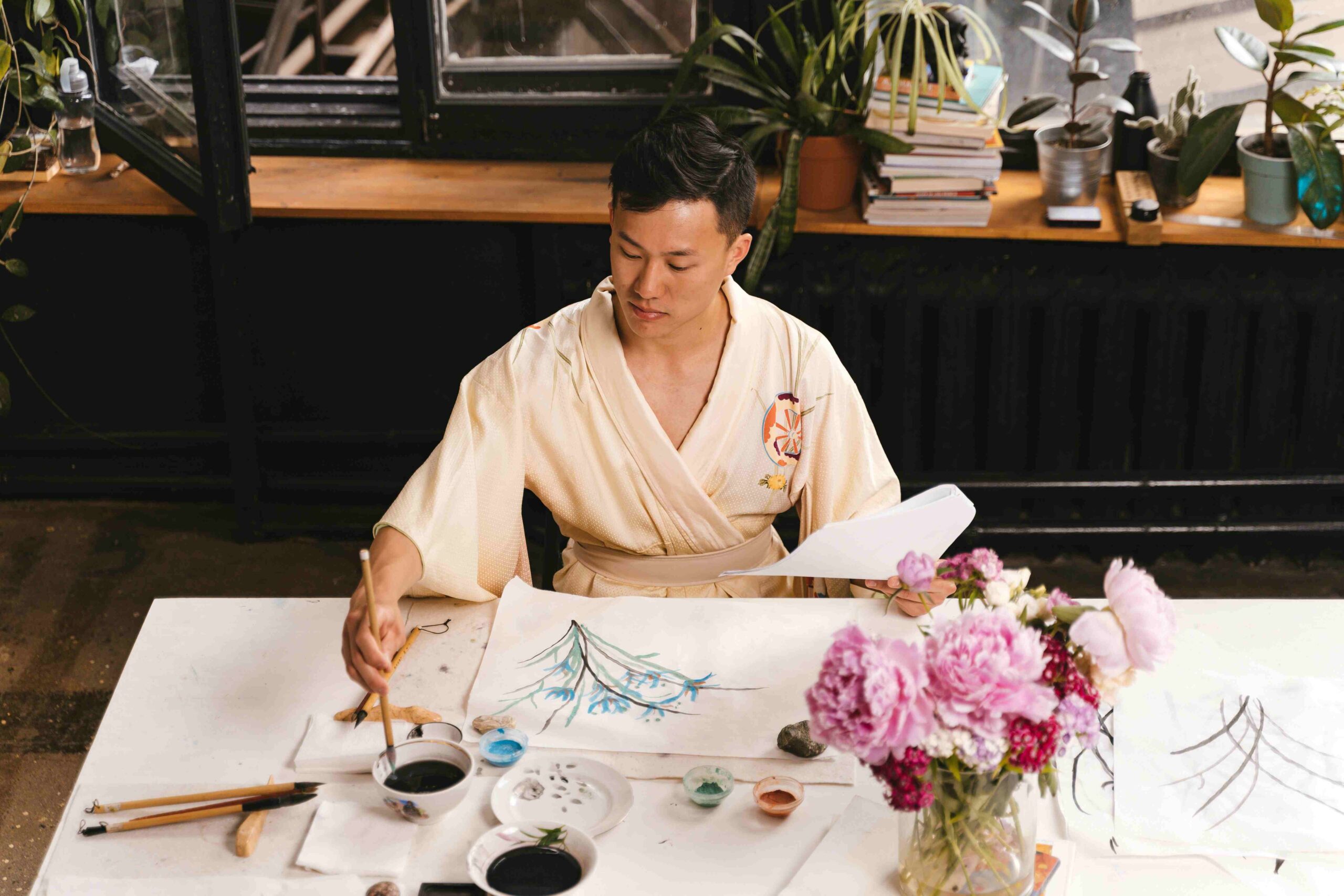
Storytelling Through Art: The Intersection of Creativity and Culture
Article Level: B1-B2
Explanation: This article explores how art is used as a form of storytelling across different cultures and time periods. It explains how artistic expression—traditional or modern—can communicate emotions, preserve heritage, and connect people beyond language and borders.
Read more: Storytelling Through Art: The Intersection of Creativity and CultureCommonly Used Words from the Article
-
Culture /ˈkʌltʃə/ (noun): The customs, arts, and beliefs of a group of people.
Art helps people understand different cultures.
-
Tradition /trəˈdɪʃən/ (noun): A belief or activity passed down through generations.
Each culture has its own art traditions.
-
Identity /aɪˈdɛntɪti/ (noun): The qualities that make a person or group unique.
Art is a way to express personal and cultural identity.
-
Universal /ˌjuːnɪˈvɜːsəl/ (adjective): Something that is true or understood everywhere.
Emotions shown in art are often universal.
-
Connect /kəˈnɛkt/ (verb): To join or link people or things together.
Art can connect people from different backgrounds.
Audio File of the Article

Storytelling Through Art: The Intersection of Creativity and Culture
Art has always been more than just colours on a canvas or shapes in a sculpture. It is a powerful tool for storytelling. Across the world, people use art to express feelings, share experiences, and connect with others. From ancient cave paintings to modern street art, creativity helps us tell stories that shape culture and identity.
Every culture has its own artistic traditions. In African art, for example, masks often represent spirits or ancestors and are used in ceremonies. In Japanese art, delicate brushwork in calligraphy and ink paintings reflect the values of beauty and harmony. Aboriginal art from Australia uses symbols and patterns to tell stories about the land, animals, and history. These styles are different, but they all have something in common: they communicate important messages.
Storytelling through art does not depend on words. This makes it universal. A painting can show the pain of war, the joy of family, or the struggle for freedom—without using a single sentence. Artists often use their work to respond to events in their communities or in the wider world. In this way, art becomes a voice for those who may not be heard.
Modern art also reflects cultural stories. Graffiti, digital art, and performance art are all part of today’s creative world. These forms allow artists to express their personal and social identities. In many cities, murals tell the stories of neighbourhoods and highlight local heroes or issues. Digital platforms help artists share their work globally, making cultural exchange easier than ever before.
Art and culture influence each other. Culture gives meaning to art, and art helps to shape and change culture. For example, art can challenge traditional ideas and bring new ways of thinking. It can start conversations, inspire action, or make people see the world in a different way.
In conclusion, storytelling through art is a creative way to keep cultures alive and growing. Whether old or new, traditional or digital, art connects people through shared stories and emotions. It is a bridge between the past and the future, between one person and another.

Grammar Notes
The article uses a mix of present simple and present perfect tenses, passive voice, and modal verbs for explanation and reasoning. These structures are common in informative texts.
✏️ Mini Grammar Lesson: Passive Voice (Present Simple)
-
Structure: Subject + is/are + past participle
-
Example from article: “Masks are used in ceremonies.”
Use the passive voice when the focus is on the action, not who does it.
Join Our FREE English Grammar Course and improve your grammar skills!

Five Questions Based on the Article
-
Why is art considered a powerful tool for storytelling?
-
How do different cultures use art to express their traditions?
-
What makes storytelling through art universal?
-
How do modern forms of art like graffiti or digital art share stories today?
-
In what way does art influence culture, according to the article?
Join Our FREE Weekly English-speaking Class and improve your speaking skills!

We’d love to hear your thoughts! Join the conversation by leaving a comment below. Sharing your insights, questions, or experiences can help you connect with others in our English learning community. It’s a great way to practice your English skills, engage with like-minded individuals, and improve together. Don’t be shy—jump in and let’s keep the discussion going!

 EnglishMasteryHub
EnglishMasteryHub